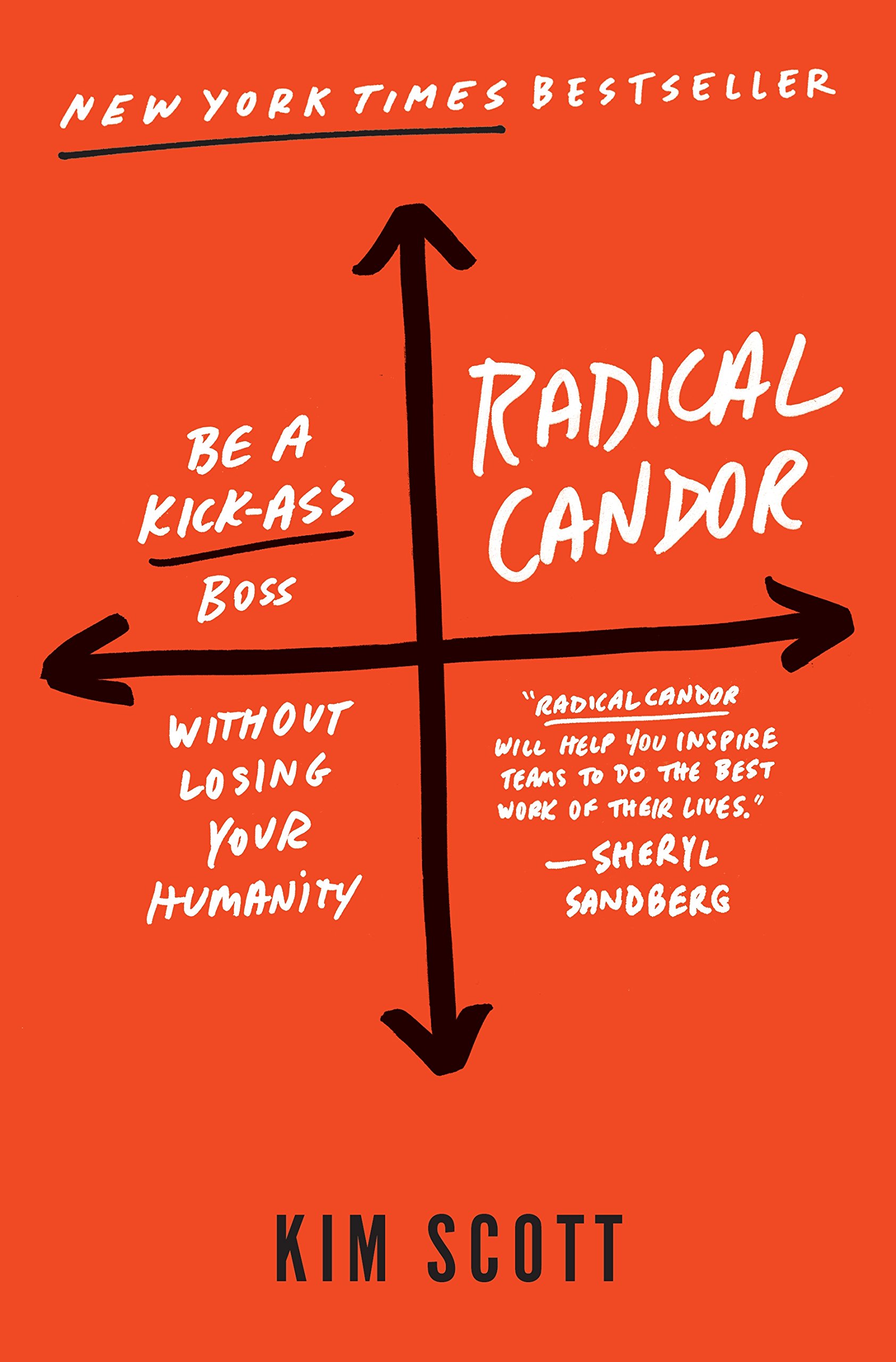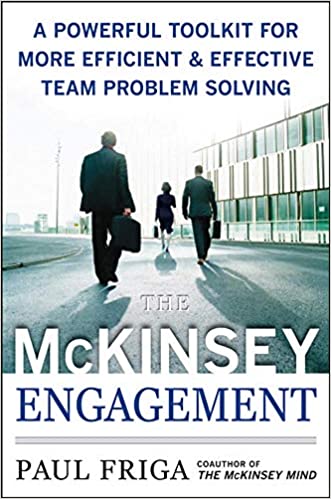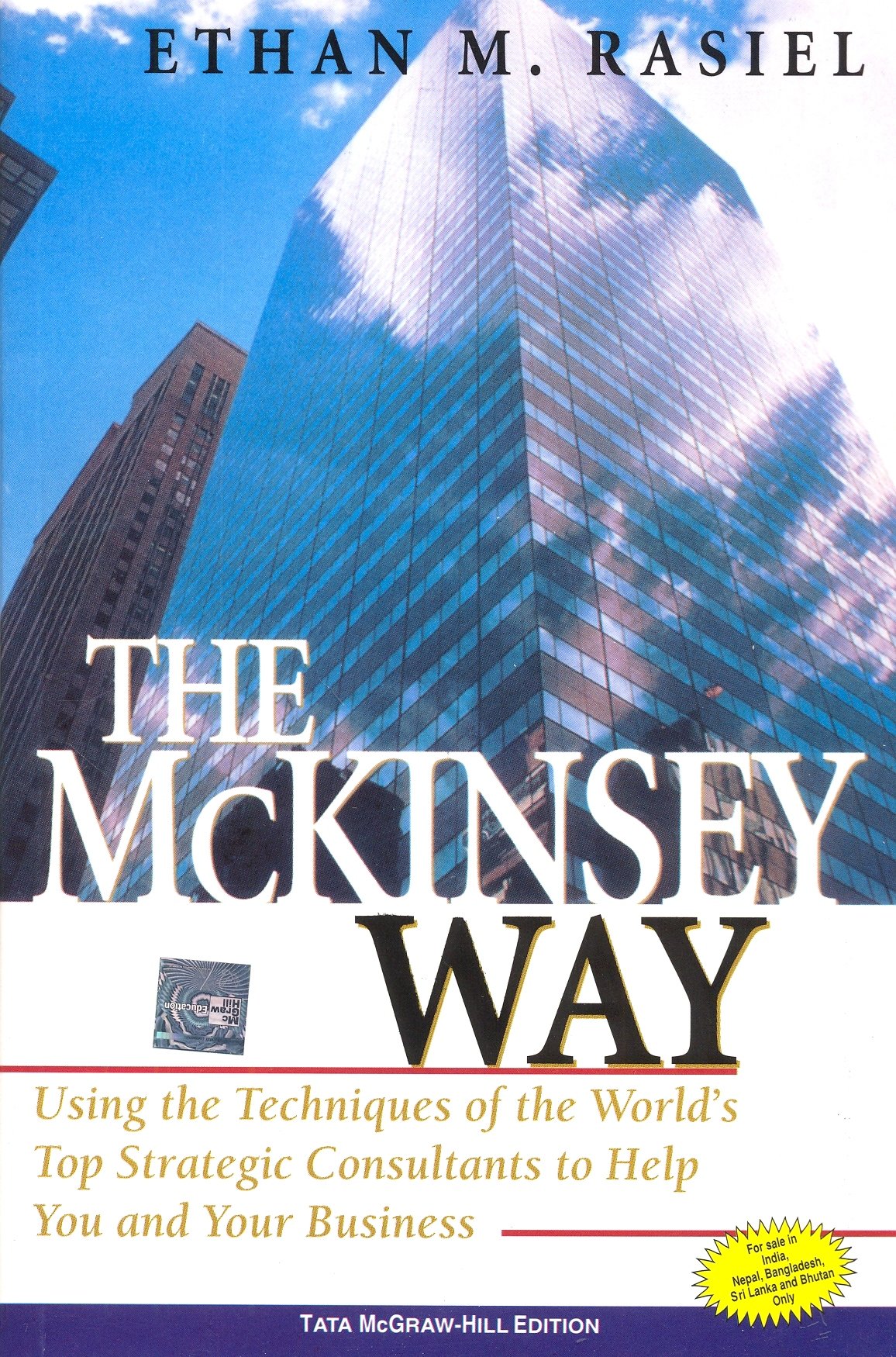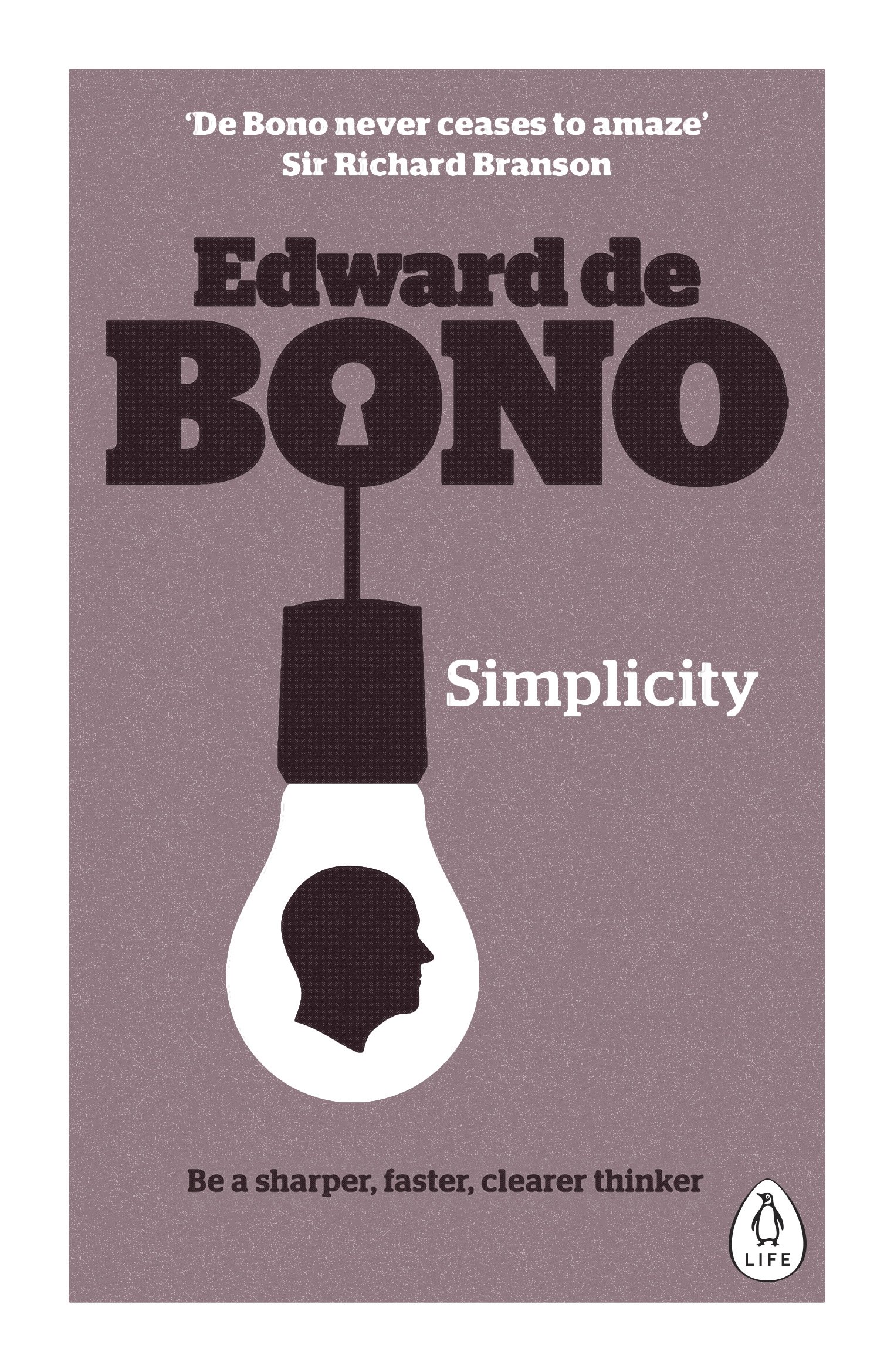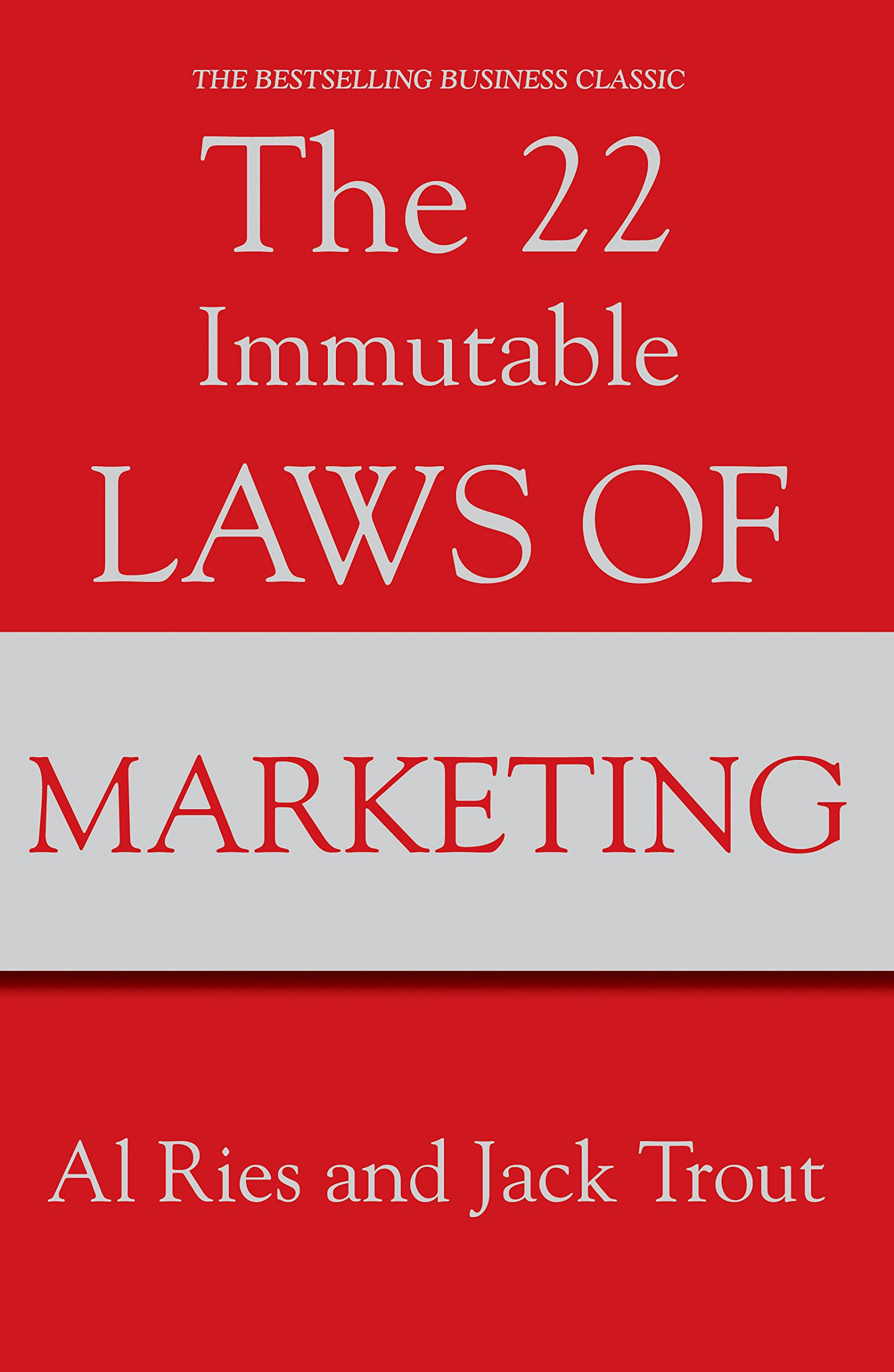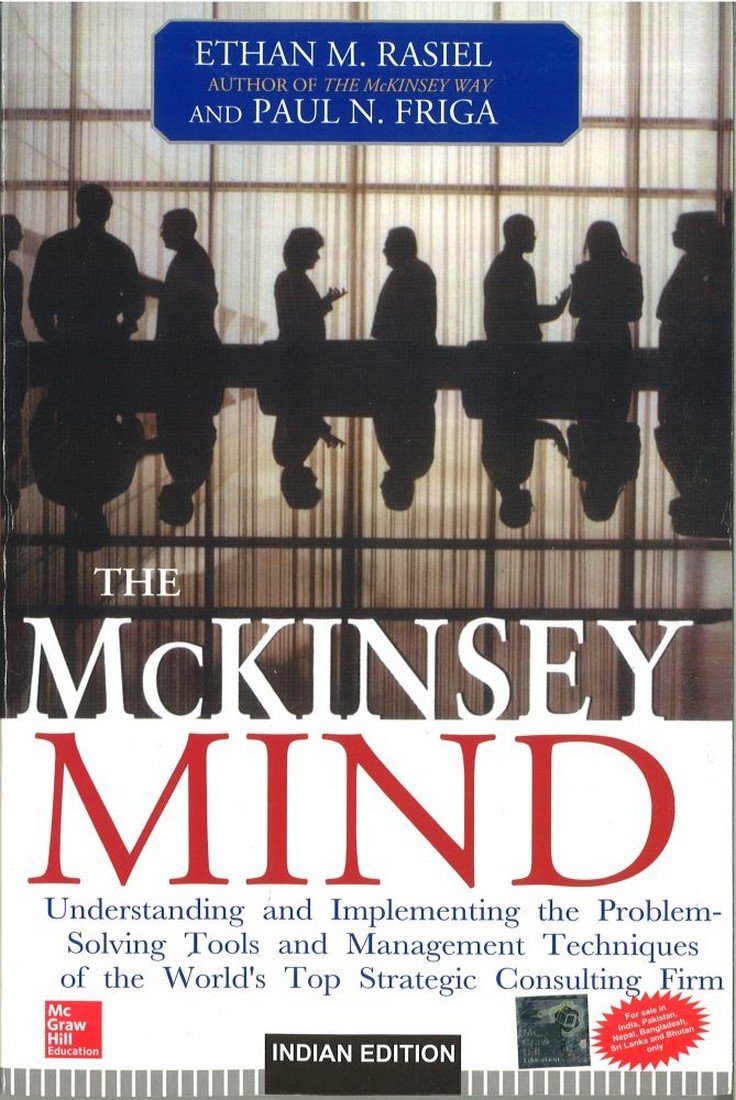Radical Candor by Kim Scott
“There is a virtuous and vicious cycle between responsibilities and relationships”. Bosses guide a team to achieve results—
- Create a culture of guidance that will keep everyone moving in the right direction
- Understand what motivates each person on your team
- Drive results collaboratively
What Is Radical Candor?

- Radical Candor happen when you ‘Care PersonallyÓ’ and ‘Challenge DirectlyÓ’.
- Radical: To avoid ‘not saying what we really think’
- Candor: Communicate clearly, but also humbly
- Care personally—Give a damn: It’s personal, deeply personal. Know each other at human level (Find time for real conversations)
- Challenge Directly— Willing to piss people off: Telling people when their work isn’t good enough
Radical Candor is HHIPP—It’s Humble, Helpful, Immediate, in Person (in private if it’s criticism and in public if it’s praise) and it doesn’t Personalize.” That last P makes a key distinction
- Obnoxious Aggression: The 2nd best thing on can do! (Care personallyâ, Challenge DirectlyÓ). People wold prefer to work for a ‘Competent Asshole’ than a ‘Nice Incompetent’. Obnoxious Aggression is a behaviour, not personality trait.
- Manipulative Insincerity: Worst possible quadrant (Care personallyâ, Challenge Directlyâ) It happens when people are too focused on being liked or want a political advantage by being fake or too tired to care or argue
- Ruinous Empathy: (Care personallyÓ, Challenge Directlyâ) “Having never criticized Bob for 10 months because I was trying to spare his feelings, I was now sitting in front of Bob firing him. Not so nice after all. When I told him, Bob pushed his chair back, looked at me, and said, ‘Why didn’t you tell me? Why didn’t anyone tell me?’”
Moving Towards Radical Candor:
- Start by getting feedback, actively solicit it
- Give more praise than criticism: It guide people in right direction and it motivates people
Growth Management:

- Excellent performance- Gradual Growth Trajectory: Recognise, reward, but don’t promote (Alert: These are not B-graders)
- Excellent performance- Steep Growth Trajectory: Keep them challenged (Alert: Don’t be too dependent on them, they won’t stay in their existing role for long.) Remember not every Superstar wants to manage (a team, project)
- Managing the Middle: Raise the bar; accepting mediocrity isn’t good for anybody—everyone can be excellent at something. ‘Sometimes people just need to be thrown out of nest to spread their wings!’
- Poor Performance-Steep Growth Trajectory: The reasons could be a wrong role, too many expectations too fast, personal problem, poor fit between company culture & personality. Find the reason & correct it
- Poor Performance-Negative Growth Trajectory: Part ways!
Remember: People change and you have to change with them. But for that you need to know the person enough (Care personally)
‘Get Stuff Done’ (GSD) Wheel:

- Listen:
- Quite listening: Listening to silently without reacting any way. “I heard the things I didn’t want to hear”
- Loud listening: Saying things to get reactions from people, and then listen. Quick to get opposing views or flaws in reasoning
- Clarify: ‘As a Boss, you are editor and not the author.’ It’s important to clearly understand new ideas and the people to whom ideas need to be explained. Pre-meeting: It helps people to sharpen ideas and define problems. Create safe space to nurture new ideas—‘Hack week’, ‘Blue Sky’
- Debate: ‘As a Boss, you job is to turn on the rock-tumbler’.
- Keep conversations focused on ideas, not egos. Direct people to facts, don’t allow people to attribute ownership to ideas. Tell people in the beginning that they will have to switch roles, then they will listen attentively
- Create ‘Obligation to dissent’
- Call for a time-out, if people are exhausted or charged up
- Be clear when the debate will end. Don’t take a decision because the debate has gotten painful. Set a decide date
- Decide:
- Push decisions into the facts, or pull the facts into the decision. Keep ego out
- People with the best-information, close to work are the right people to decide
- The Decider must get facts, not recommendations
- Persuade: Emotion-Credibility-Logic
- Address Emotions—Listener’s’, not yours
- Credibility: Demonstrate expertise & humility (And track record of sound decisions)
- Logic: Share the logic of the argument. ‘Show your work’
- Execute:
- Don’t waste your team’s time
- Stay connected to the actual work that is being done—not just by observing, but doing too. Block your time for execution
- Learn:
- Don’t be under pressure to be consistent with your approach, opinion. “When facts change, I change”
- Don’t change course just like that, explain clearly & convincingly why things have changed
Tools & Techniques:
- Relationship:
- Stay centred: “You can’t give a damn about others, if you can’t give damn about yourself”— Put your own oxygen mask on first. E.g. of such a routine ‘Sleep for 8 hours, 45 mins exercise and breakfast & dinner with family’
- Trust is built on consistent pattern of acting in good faith
- Relinquish unilateral authority. Power & control are illusory
- The way you treat people will determines whether you get best | perfunctory | sabotaging effort
- Guidance:
| Guidance | Praise | Criticism |
| Get from | NA | − Publicly − ‘Is there anything I could do or stop doing that would make easier to work with me?’ − Let people endure your silence to speak out − Listen to understand, not respond − Make it safe & natural to people to criticise you − Have a Management-Fix week |
| Give to | − Praise in public, criticise in private − Be humble − While giving feedback describe (a) Situation (b) the behaviour (good or bad) and (c) the impact observed − Be helpful − Give feedback immediately − You don’t need to find time for it; it take 2-3 minutes! − Don’t save guidance/feedback for Performance Review! − Praise—Contextualised, far more personal and specific − Don’t personalise the criticism − Don’t have a gender bias |
|
- Team:
- Career Conversations: (1) Understand their Life-story (2) Understand their Dreams (3) Ask “What they need to learn to move in direction of their dreams.
- Growth Management: Figure out who needs what opportunities and how to provide them. Individual growth path is more prestigious than manager path
- Hire Superstars or Rockstars depending on the job
- Fire—necessary evil! Don’t wait for too long. Don’t decide unilaterally
- Promotions: Be fare. Reward your Rockstars too
- Be a Partner—Not an Absentee Manager or a Micro Manager
- Communication: ‘Who needs to communicate with whom at what frequency’ (When to use which conversation mode)
- 1:1 Conversations: Listen & Clarify. Think as if you’re having lunch or coffee, not as a meeting!
- Staff meeting: Learn—review key metrics, Listen—put updates in a shared document & Clarify—Identify key decisions and debates (Don’t take decisions here!)
- Think time: Clarify
- Big Debate meetings: Debate. ‘Check ego at the door!’
- Big Decision meetings: Decide
- All Hands meeting: Persuade
- Execution Time: Execute
- Kanban Boards: Learn. Make activity & worflows visible
- Walk around: Learn & Listen. Learn about small problems to prevent big ones
Few Key Quotes:
- Culture eats Strategy for Lunch!
- Don’t sandwich criticism in 2 bogus positives
- John Stuart Mill: “The source of everything respectable in man, either as an intellectual or as a moral being, is that his errors are corrigible.”
- “I didn’t say Steve (Jobs) is right, he gets it right!”
- Number of small innovations gives a company its competitive advantage. Capturing one big idea is easy, but thousands of tweaks is impossible to see from outside, let alone imitating.
- Brits despite their politeness tend to be even more candid than New Yorkers. Their education system stress Oral argument as much as written
- “When facts change, I change”

